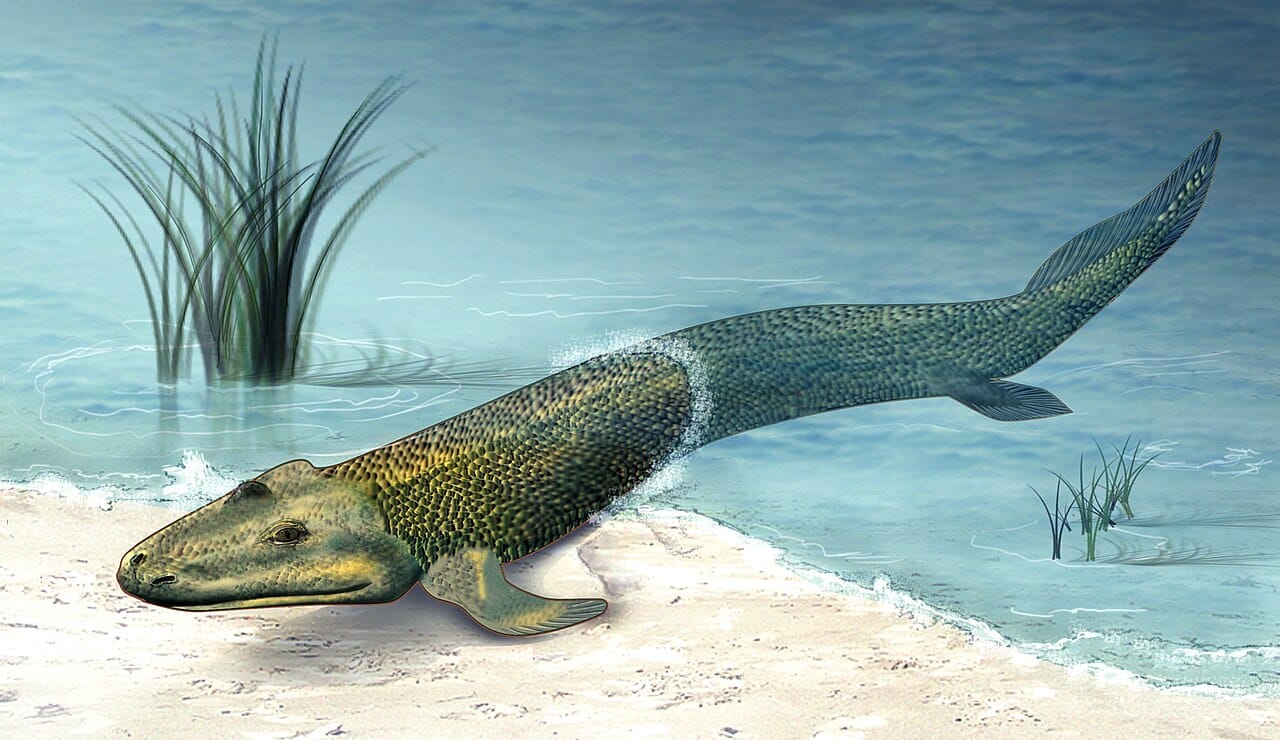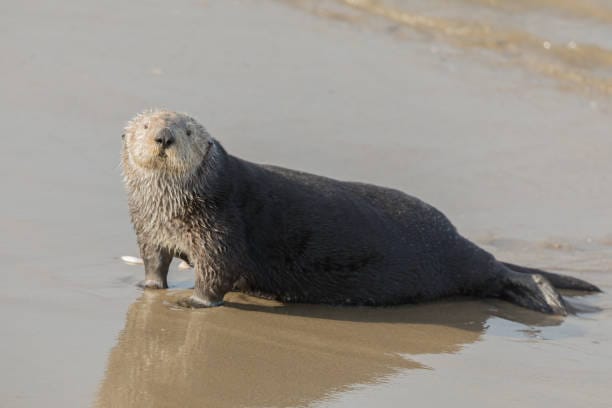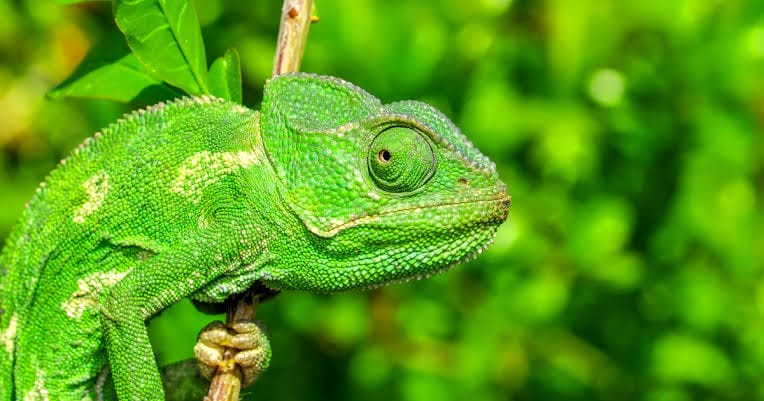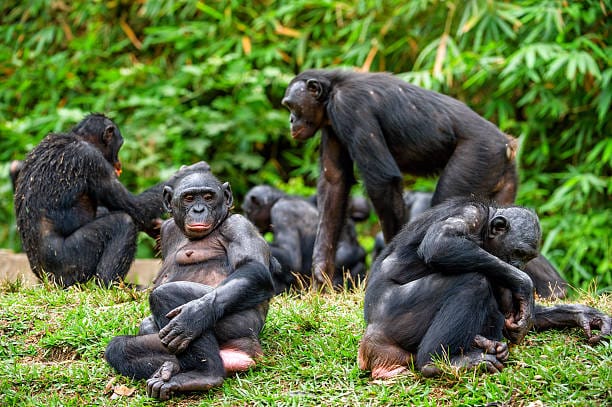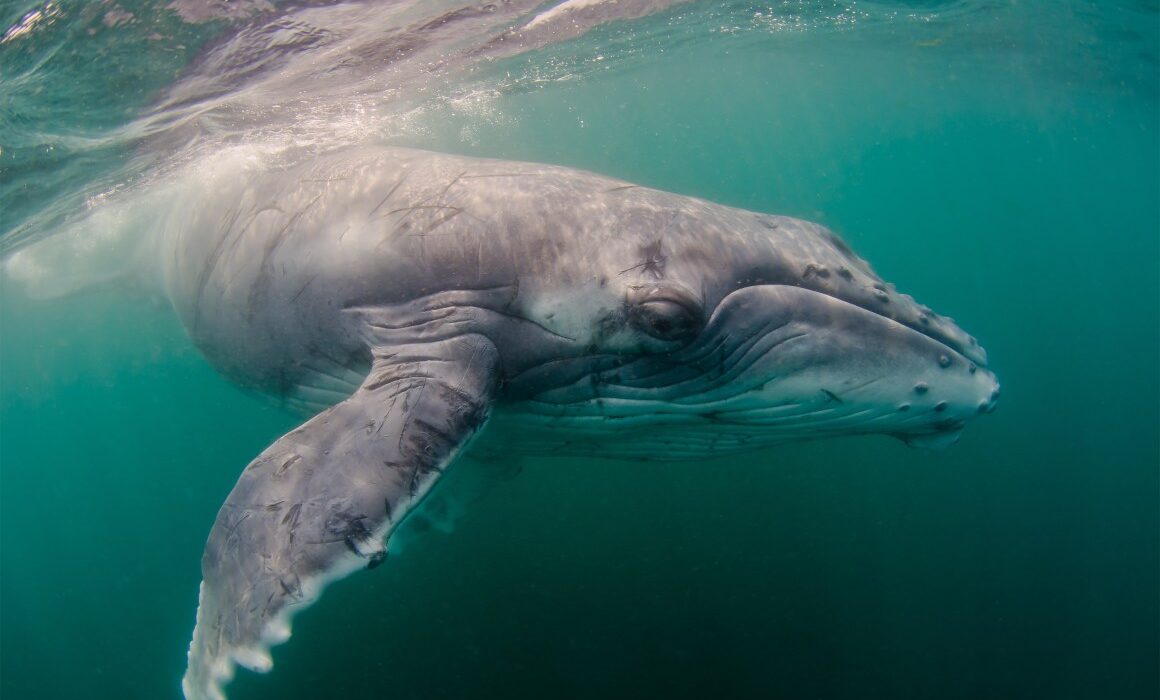At first glance, the idea of losing something so essential as a limb might seem like an evolutionary step backward. Limbs are the instruments of motion, the tools of survival, and for many animals, the means of feeding, fighting, and fleeing. Why, then, would nature sculpt creatures to discard what once gave them such advantage? The answer is far more fascinating than it may initially seem. Evolution is not about progress in the linear sense—it’s about adaptation, about fit. Sometimes, less is more. In the quiet corridors of deep time, limbs have vanished not by accident, but by necessity.
Across the animal kingdom, there are surprising examples of limb reduction and total limb loss. Snakes, legless lizards, caecilians, certain fish, and even whales have shed or diminished their limbs over millions of years. It may seem counterintuitive, even tragic, yet it is precisely these transformations that have allowed these creatures to exploit environments and niches inaccessible to their more limb-endowed relatives.
To understand why some animals evolve to lose limbs, we must travel back through evolutionary history and peer into the developmental and genetic forces that shape life. The story is not merely one of biology but of elegance, efficiency, and sometimes, exquisite strangeness.
The Origins of Limbs: From Fins to Feet
Before we can explore why animals lose limbs, we must first understand why they had them in the first place. Limbs, as we know them in tetrapods—four-limbed vertebrates including amphibians, reptiles, birds, and mammals—are evolutionary modifications of fins. Roughly 375 million years ago, during the Devonian period, fish began to explore shallow waters, navigating through weedy marshes and muddy estuaries. Some of these early pioneers developed stronger, lobed fins supported by bony structures.
The now-famous fossil Tiktaalik offers a glimpse into this transitional phase. Neither fish nor fully land-dweller, Tiktaalik had robust fins with wrist-like bones, allowing it to prop itself up in shallow water or on land. Over time, these structures became weight-bearing limbs, capable of supporting the body on land. Evolution had birthed legs, and life was no longer confined to water.
Limbs became indispensable tools for colonizing terrestrial habitats. They offered mobility, dexterity, and a new way of interacting with the environment. Vertebrates diversified into a spectacular array of forms, from the soaring wings of birds to the digging claws of moles. Limbs were a symbol of conquest over gravity, over distance, over ecological limitation.
But even as limbs opened doors, some of those doors began to close again. And where they closed, nature rewrote the script.
Limbless Wonders: A Glimpse at Modern Examples
The most iconic examples of limb loss are snakes. From cobras to pythons, these sleek, slithering reptiles are entirely devoid of limbs, and yet they are among the most successful predators on Earth. With over 3,000 species, snakes inhabit forests, deserts, oceans, and even urban areas. Their limb loss is not a defect—it is a masterstroke of evolutionary design.
But snakes are not alone. Legless lizards, such as the slow worm of Europe or the glass lizards of North America, have independently evolved limblessness. Unlike snakes, many of these retain vestigial limb structures internally or small external remnants. Some even possess eyelids or external ears, which snakes lack, further highlighting their separate evolutionary paths.
In the soil, caecilians—blind, worm-like amphibians—squirm through subterranean tunnels, utterly limbless. These reclusive creatures are rarely seen, but their bodies are marvels of subterranean adaptation. Like snakes, they evolved from legged ancestors but gradually lost their limbs to better navigate the earth below.
In the ocean, the story repeats in unexpected ways. Whales and dolphins evolved from four-legged land mammals. Their ancestors returned to the water some 50 million years ago, and as they adapted to aquatic life, their hind limbs vanished completely. Only tiny vestiges remain buried deep within their bodies—small bones, disconnected from any function, whispering of a time when their ancestors walked.
These stories are not isolated. They reflect a deep and repeating pattern in evolution: when limbs are no longer useful—or worse, when they become burdens—they begin to disappear.
Evolution Is Not About Perfection
One of the biggest misconceptions about evolution is that it moves toward perfection or complexity. But evolution is not a ladder, nor a race to some ultimate form. It is a tree, with countless branches, and some of those branches twist, curl, or loop back upon themselves.
Evolution acts through natural selection—variations that offer an advantage are preserved, while those that hinder survival tend to fade away. If an environment changes, the traits that were once helpful may become obstacles. In such cases, reducing or eliminating a structure can be advantageous.
In dense vegetation, for example, limbs can snag or slow down an animal. In burrowing animals, limbs can be cumbersome, creating drag or impeding the flow of movement through soil. In aquatic environments, limbs may interfere with streamlined motion. In these contexts, a sleek, cylindrical body is often better.
Thus, animals that developed mutations leading to smaller, less prominent limbs—if those changes enhanced their ability to survive and reproduce—passed those traits on. Over time, across generations, limbs could diminish and eventually disappear entirely.
This is not loss in the sense of tragedy; it is loss in the sense of refinement. Like a sculptor removing stone to reveal form, evolution subtracts to reveal new potential.
The Genetic Blueprint: Hox Genes and Morphological Change
Beneath the skin of evolutionary change lies an even more intricate story—that of genetics and embryology. Every animal’s body is built by a suite of genes that dictate where limbs form, how they grow, and when they stop. Among the most influential of these are the Hox genes.
Hox genes act like a set of instructions that tell embryonic cells where they are located along the body’s axis. They are responsible for the placement of limbs, ribs, vertebrae, and other structures. These genes are ancient and conserved, meaning they have been remarkably stable across evolutionary time. A mouse and a fruit fly both use Hox genes, though their bodies are vastly different.
When limb loss occurs, it is often due to subtle changes in the regulation of these genes. For example, in snakes, Hox gene expression has shifted in a way that suppresses limb development early in the embryo. Although snakes begin development with limb buds, these structures never fully form, and are reabsorbed.
It’s not that snakes lost the genetic material for limbs altogether—they still carry many of the same genes as legged reptiles. But the genetic switches that activate those genes have changed. This reveals a key insight: evolution often works not by inventing new genes, but by tweaking when and how existing ones are used.
In whales, a similar process occurred. Their ancestors had four limbs, but as they adapted to aquatic life, hind limbs became unnecessary. Mutations accumulated that disabled the genes responsible for limb extension, while forelimbs evolved into flippers.
The elegance of this system is breathtaking. It shows how complex anatomical changes can occur not through wholesale rewiring, but through minute, targeted edits—like changing punctuation in a sentence to alter its meaning.
The Burrowers and the Swimmers: How Environment Shapes Anatomy
Environment is not just a backdrop in evolution; it is an active participant. The pressures exerted by an animal’s habitat can sculpt its form as surely as any force of nature.
For burrowing animals, like caecilians or some legless lizards, a long, smooth body offers the perfect tool for subterranean life. Limbs are liabilities in narrow tunnels, catching on roots and rocks, slowing down movement. Losing limbs increases efficiency. Natural selection favors those individuals that can move faster, dig deeper, and conserve energy.
The same principle applies in water. Aquatic locomotion favors streamlined shapes. Legs sticking out from the body create drag and resistance. For creatures like whales or sea snakes, a torpedo-like body enables graceful movement through water, conserving energy over long migrations or during high-speed chases.
Even within closely related species, we see limb loss correlate with environment. Some skinks—a group of lizards—have multiple species that exhibit various degrees of limb reduction, depending on whether they live in open terrain or dense vegetation. The more cluttered the environment, the less useful limbs become.
This environmental shaping shows how powerful local conditions are in directing the course of evolution. The disappearance of limbs is not random; it is precise, sculpted by survival.
Vestigial Limbs: Ghosts of the Past
Though many limbless animals appear smooth and seamless, they often carry echoes of their ancestors deep within. These remnants are called vestigial structures—anatomical holdovers from a previous form that no longer serve their original function.
Pythons and boas, for instance, retain tiny pelvic spurs—small bony projections near the base of the tail. These are the last traces of hind limbs, and in some species, males use them during mating. Though largely hidden, these structures are powerful clues to evolutionary history.
Whales have internal remnants of hind limbs—small floating bones disconnected from the spine or pelvis. They are not visible from the outside, but X-rays reveal these ghostly relics, silent witnesses to the days their ancestors walked on land.
In human embryos, at a certain stage of development, gill-like structures and tails appear—echoes of our distant past as aquatic and tailed beings. Though these features are reabsorbed or repurposed, they serve as a reminder that all life carries its own evolutionary diary.
Reversals and Exceptions: Can Limbs Return?
One of the more intriguing questions in evolutionary biology is whether lost traits can reappear. Could a limbless creature evolve limbs again?
The short answer is: possibly, but it is rare and constrained. Once a trait has been lost for millions of years, the genetic pathways that enabled it may have degraded or been co-opted for other uses. Re-evolving a complex structure like a limb would require not only the reactivation of genes, but also the precise coordination of growth, nerve innervation, musculature, and skeletal formation.
That said, evolution is not always linear. Some lizards have independently regained limbs in certain lineages. This suggests that under the right conditions, with the right genetic legacy, re-evolution is possible—but only if the underlying toolkit has not been entirely dismantled.
More often, evolution finds alternative solutions. Rather than revert to a limb, a creature may evolve new structures or behaviors to fulfill the same function. Nature rarely turns back the clock. It forges new paths from the materials at hand.
The Philosophical Dimension: What Limb Loss Reveals About Evolution
When we study animals that lose limbs, we confront a deeper philosophical truth about evolution itself. The process is not about accumulating features for the sake of complexity. It is about fit—between organism and environment, between function and form.
Limb loss shows us that evolution is deeply responsive, adaptive, and unbound by human expectations. It does not follow a script. It explores possibilities. It challenges the idea that progress means more, bigger, or stronger. Sometimes, the most successful creatures are the ones that simplify.
Snakes, whales, and caecilians are not incomplete—they are exquisitely adapted. Their streamlined bodies, freed from limbs, enable them to master habitats their ancestors could only skirt. Their stories remind us that nature is not a ladder of ascension but a tapestry of divergence.
Conclusion: The Beauty in Simplicity
The evolution of limb loss is not a tale of reduction, but of transformation. It is a testimony to nature’s ability to innovate by paring down, to refine by removing, to perfect by letting go.
When we look at a limbless animal—slithering through undergrowth, diving into the deep, or tunneling beneath the soil—we are seeing millions of years of quiet adaptation. We are witnessing the power of natural selection, the subtlety of genetics, and the wonder of form shaped by function.
There is something profoundly beautiful in this evolutionary story. It speaks to the essence of life—not as a pursuit of more, but as a constant conversation with the world. Sometimes, in that conversation, nature answers not by adding, but by subtracting. And in doing so, it crafts creatures as mysterious, graceful, and successful as any limb-bearing beast.
In the end, to lose a limb in evolution is not necessarily to be diminished. It can be to become something new—something perfectly suited to the ever-changing poetry of the planet.
